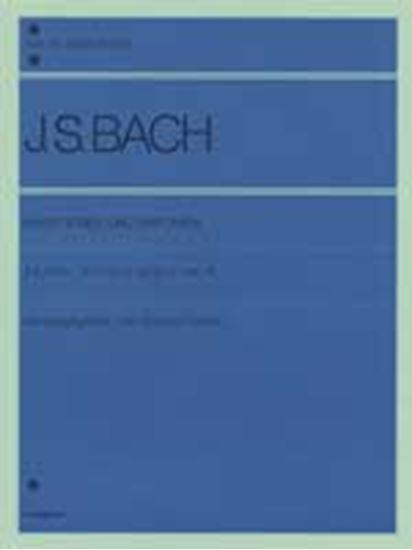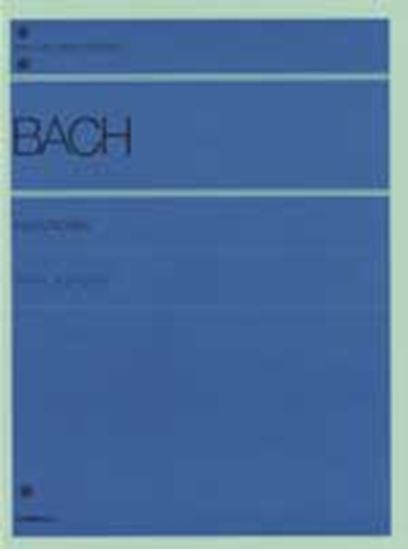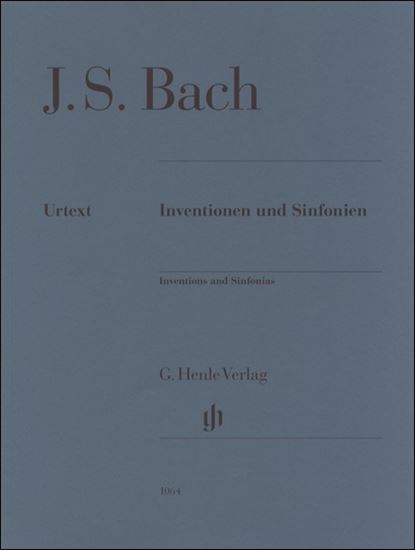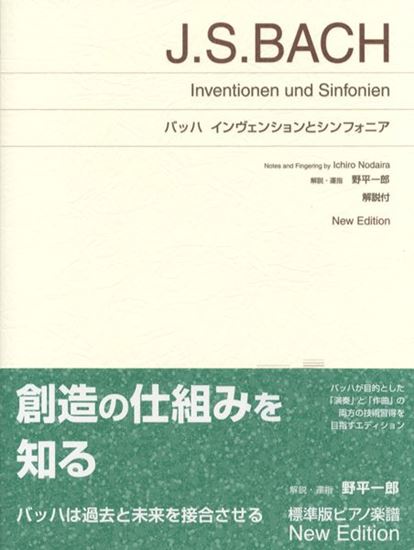Bach, Johann Sebastian : Sinfonia Nr.13 a-moll BWV 799
Work Overview
Genre:pieces
Total Playing Time:1 min 10 sec
Copyright:Public Domain
Commentary (3)
Author : Takamatsu, Yusuke
Last Updated: September 18, 2020
[Open]
Author : Takamatsu, Yusuke
A minor, 3/8 time.
A fugal piece based on a concise subject developed through stepwise motion. At the beginning, the middle voice responds to the subject in the upper voice at the fifth (m. 5ff.), and the lower voice also presents the subject (m. 13). Following Interlude 1 (mm. 16-20), the second exposition (m. 21ff.) alternates between C major and A minor through the inversion (i.e., exchange) of the upper and middle voices. Here, a new contrapuntal subject based on arpeggiated chords is presented by the lower voice, determining the progression of the piece.
Furthermore, in Interlude 2 (mm. 36-40), a new motive including 32nd notes appears, forming a sequential progression with imitation between voices. Although this motive is primarily used only in the interludes, following the third exposition (mm. 41-55) and Interlude 3 (mm. 56-60), when the subject is presented again at the end of the piece, this interlude motive is combined as a counter-melody (m. 60ff.).
Author : Hayashikawa, Takashi
Last Updated: March 15, 2018
[Open]
Author : Hayashikawa, Takashi
The new imitative phrase introduced in measure 36 forms a counterpoint to the final reappearance of Th in measure 60.
Score example provided by: Bärenreiter Verlag
Author : Ooi, Kazurou
Last Updated: March 12, 2018
[Open]
Author : Ooi, Kazurou
Sinfonia No. 13 in A minor
While this Sinfonia may appear to be an ordinary sinfonia at first glance, it possesses a unique characteristic: a considerably high probability of two identical themes (subjects) appearing simultaneously. Let us elaborate.
Let's follow the soprano from bar 1, taking the theme to the first 16th note, A, in bar 3. As is evident, the shaping forms a peak; therefore, expand it to D, the highest note in bar 2, and then gradually diminish, descending to A. Subsequently, all themes are shaped in the same manner.
In bar 5, the alto theme enters. Then, in bar 13, the bass theme enters. At this point, for the first time, all three voices unite. The piece modulates to C major, and the theme appears from bar 21; upon closer inspection, you will notice the theme in both the soprano and alto. Although the rhythm of the first note differs from the original, appearing as an eighth note, it can still be considered a theme.
In bar 25, two themes appear again in thirds, likewise in the soprano and alto. Next, in bar 29, the theme appears in D minor in the soprano alone. Then, in bar 33, the soprano and alto again present two themes simultaneously in thirds.
In bar 41, the bass theme enters, and in bar 42, the alto theme overlaps it. This is, of course, a stretta. Next, in bar 49, although the final note differs, it can be considered the alto theme. Then, in bar 53, the soprano and bass play the theme simultaneously. Finally, in bar 59, the soprano theme appears, concluding the piece; although its final note does not fully resolve, it feels like a conclusion with the subsequent A-G#-A.
As you have observed, this Sinfonia frequently features two subjects appearing simultaneously, either in thirds or sixths. In such cases, it is advisable to prioritize the upper voice and keep the lower voice somewhat subdued. Pay particular attention to this when they are in sixths.
Another point of caution in this Sinfonia is the issue of muddiness caused by excessive pedaling. There are indeed many places that are difficult to connect, leading one to rely on the pedal; however, try to avoid muddiness as much as possible and connect with your fingers.
PTNA & Partner Channel Videos(3items)
Sheet MusicView More
Scores List (42)

カワイ出版

(株)ヤマハミュージックエンタテインメントホールディングス

(株)全音楽譜出版社

(株)全音楽譜出版社

(株)ドレミ楽譜出版社

(株)音楽之友社

(株)全音楽譜出版社

(株)音楽之友社

(株)音楽之友社

(株)ドレミ楽譜出版社

(株)ドレミ楽譜出版社

(株)ドレミ楽譜出版社

(株)ドレミ楽譜出版社

ヘンレー

ヘンレー

カワイ出版

(株)渓水社

(株)音楽之友社

(株)全音楽譜出版社

(株)エー・ティ・エヌ

(株)全音楽譜出版社

カワイ出版

(株)音楽之友社

(株)音楽之友社

ヘンレー

ヘンレー

(株)学研プラス


















